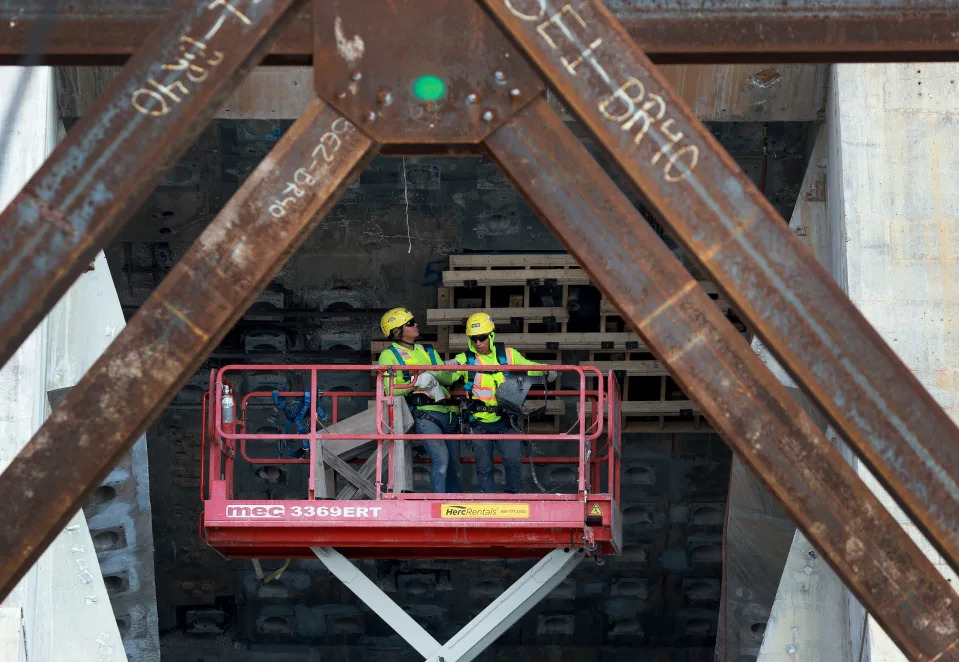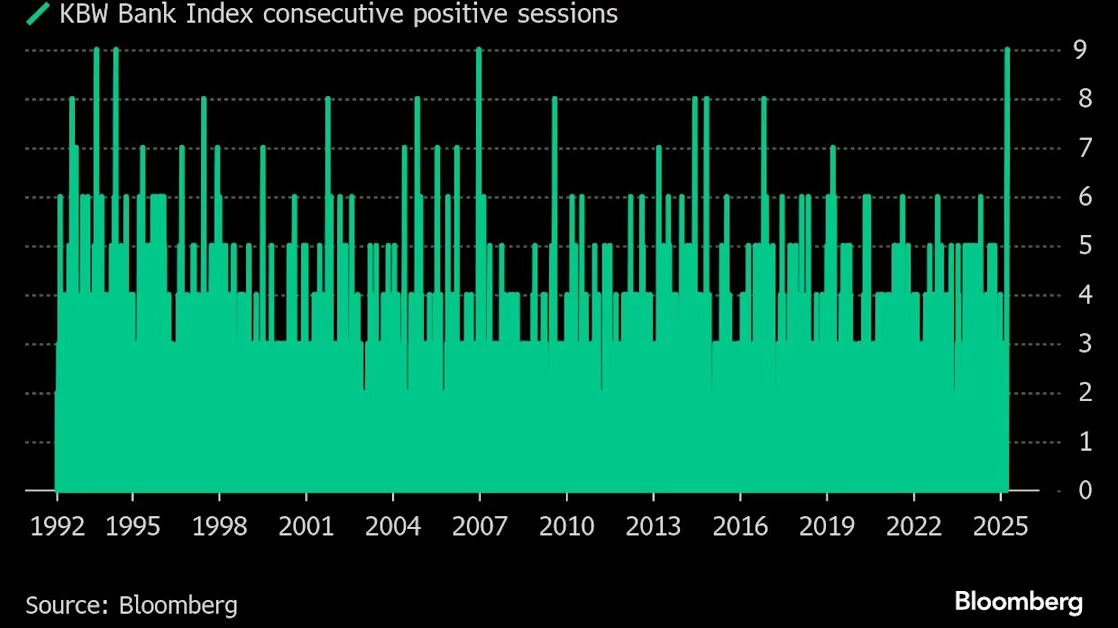The US economy employed 818,000 fewer people than originally reported as of March 2024, showing the labor market may have been cooling long before initially thought.
The revisions are a yearly practice from the Bureau of Labor Statistics; final revised numbers are expected to be released early next year.
The report, released Wednesday morning, showed the largest downward revisions to the professional and business services industry, where employment was revised down by 358,000 during the period. Leisure & hospitality saw the second-largest downward revision of 150,000.
The report moves down the monthly job additions seen in the US economy over the time period to 174,000 from 242,000.
"Despite this big downward revision, that's still a very healthy growth rate in terms of the monthly jobs added to the economy," Omair Sharif, Inflation Insights president, told Yahoo Finance.
Furthermore, economists cautioned ahead of the release about how much investors should read into the print given its backward-looking nature.
"The realization that the economy created fewer jobs than initially estimated [does not] change the broader trends in GDP growth, stock market and wealth gains, and consumption," RBC Capital Markets US economist Michael Reid wrote in a note to clients on Aug. 16.
This release comes at an important time for labor market data, as recent signs of slowin g have prompted economists to argue the Federal Reserve's current monetary policy stance is too restrictive.
A weak July jobs report helped tilt the focus toward the slowing labor market. The report showed the second-weakest monthly job additions since 2020 and the highest unemployment rate, 4.3%, in nearly three years.
July's rise in the unemployment rate also triggered a commonly followed recession indicator , the Sahm Rule, which shows the recent rate of the rise in unemployment consistent with that which typically precedes a recession.
More recent updates on the labor market, namely weekly unemployment filings, have reflected layoffs staying relatively low, prompting economists to argue a slowing labor market is not heading for an outright downturn.
"It's important to zoom out a little bit in this kind of situation," Evercore ISI senior economist Marco Casiraghi told Yahoo Finance. "And I think this is also what the Fed will do. And if you zoom out, you see that the economy is slowing down, but still growing. The labor market is softening, but it's not rapidly deteriorating."

Fed Chair Jerome Powell is set to speak for the first time since the weak July jobs report on Friday morning during the Jackson Hole Symposium. Economists expect the labor market could be a key talking point.
"We expect Powell to express a bit more confidence in the inflation outlook and to put a bit more emphasis on downside risks in the labor market than in his press conference after the July FOMC meeting, in light of the data released since then," Goldman Sachs chief US economist David Mericle wrote in a note previewing the event.
"A speech along these lines would be consistent with our forecast of a string of three consecutive 25bp cuts in September, November, and December."
As of Wednesday morning, markets were fully pricing in an interest rate cut by the end of the Fed's September meeting. Meanwhile, markets were pricing in a roughly 32% chance the Fed cuts by 50 basis points.
Josh Schafer is a reporter for Yahoo Finance. Follow him on X @_joshschafer .





